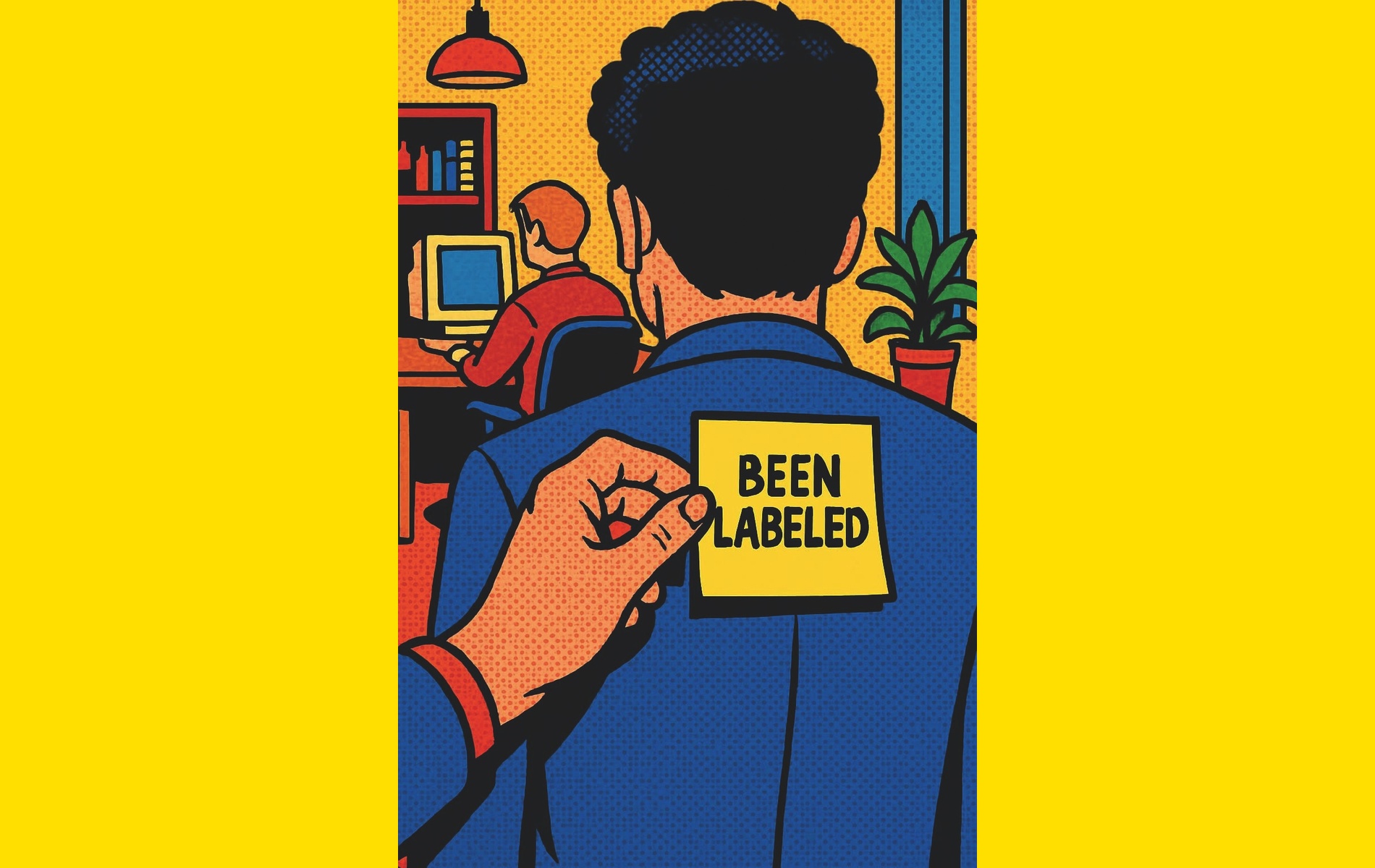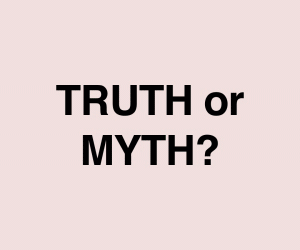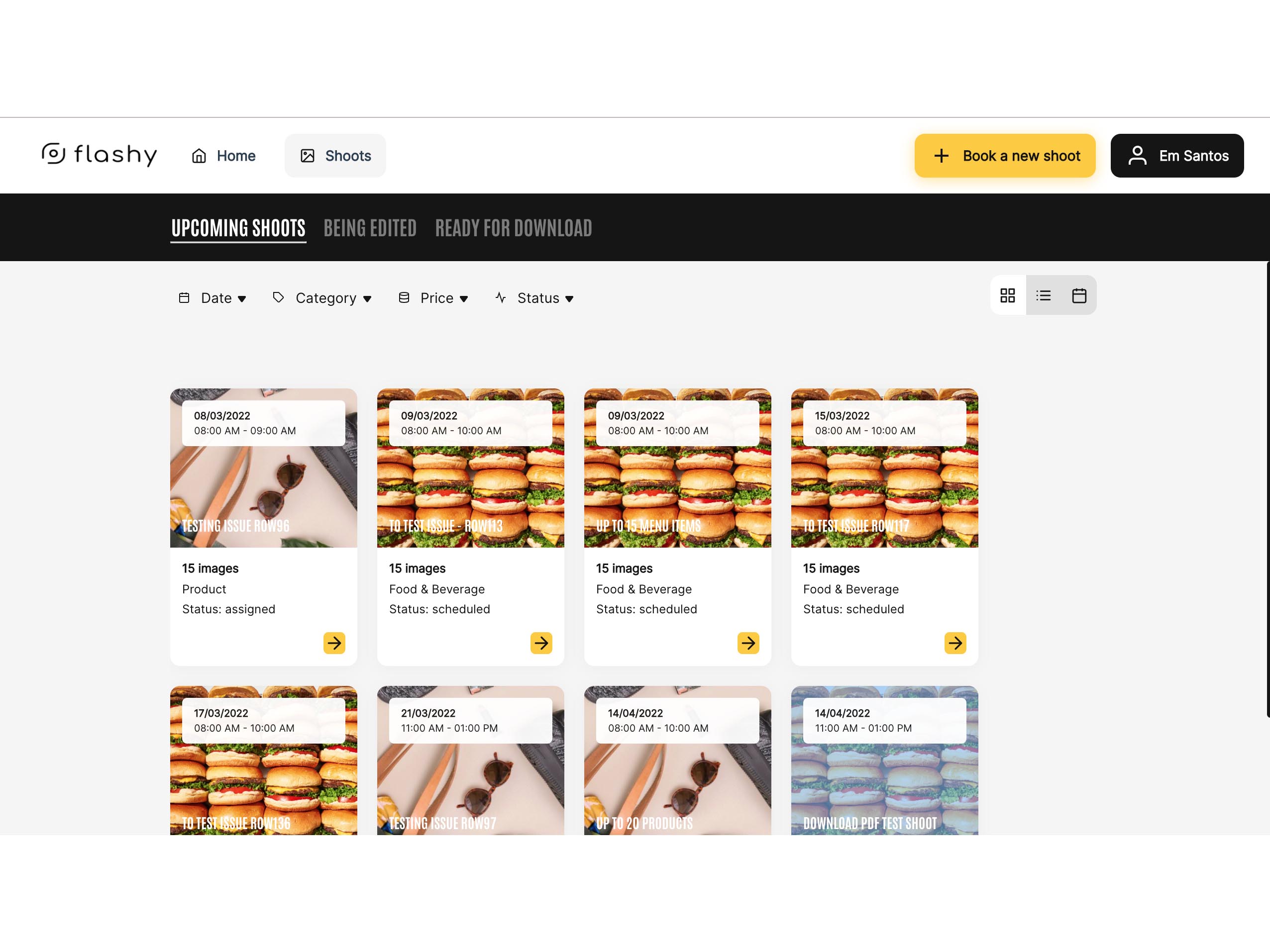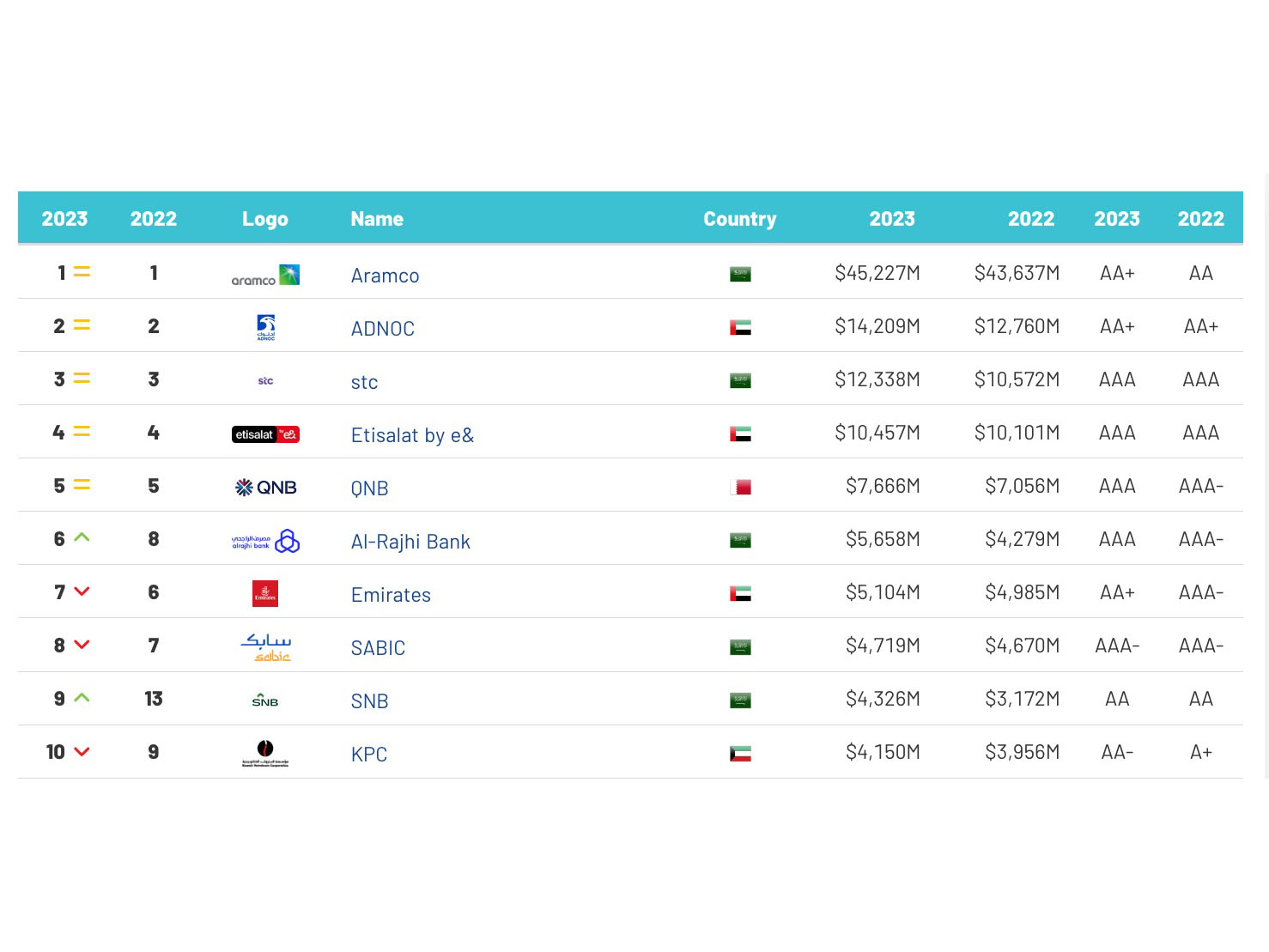Industry Talk - POV
LABELING: Empathy Ends at the Agency Door
by KriX
March 8, 2025
.jpg) Advertisement
AdvertisementCan we truly live up to our talk on empathy in the ad industry?
By directly addressing employees’ well-being and confronting the toxic culture in many agencies, Krix, a creative leader with over 20 years of experience in the MENA region working with agencies like JWT and TBWA, pinpoints the core issue that has been overlooked for too long. The missing element in advertising seems to be a human emotional disconnect within agency walls.
We spend our entire careers preaching that a brand is much more than just its logo. We agonize for weeks over tone of voice. “No, no, it’s not bold. It’s confident. It’s not cheap. It’s accessible.”
We invent personas, build psychographic profiles, create customer journeys, and dig deep into human truths. All so a soap brand can resonate emotionally with someone buying it in a hurry at 6 PM at a gas station.
But when a team member expresses frustration after three weeks of client chaos, eleven decks, five all-nighters, and the joy of seeing their big idea become an Instagram post, suddenly it’s “Don’t be too emotional.”
Right! Because the only feelings allowed in advertising are manufactured nostalgia for occasional campaigns and existential dread during award weeks.
We humanize shampoo. We create a 12-slide emotional arc for toothpaste. We transform cars into stories of courage. But when an actual human in the office shows real emotion?
"Labeling is not culture. It is a failure of it. It is a sign of weakness. And the more we accept it, the more we compromise the very thing this industry claims to value: real human insight."
We label them faster than we can click the skip button. “He’s too intense.” “She’s too sensitive.” “He’s high maintenance.” “She’s too opinionated.” And, of course, the classic, “They’re too emotional.”
Meanwhile, “The leader,” the boss, self-proclaimed mentor, and occasional all-caps email warrior, is screaming, “WHERE IS THE DAMN DECK?!” across the agency as if auditioning for The Voice, with all the chairs turning around to witness the act. But don’t worry; they are not emotional; they are just passionate about delivery. They are not yelling; they are leading with urgency.
When they ignore your ideas while focusing on a random game on their mobiles, they are multitasking. And when they slam a door? That’s not a tantrum. That’s their creative process.
Here’s where it gets funny, and not in a ha-ha way.
"If you can market a bottle of water with more emotional depth than you give your own teams, you might be in the wrong business."
Labeling people in advertising is like writing a brand manifesto and pretending it’s a full strategy. It sounds important until you realize it communicates nothing. It’s a flashy excuse to avoid the real work, which is understanding people.
We claim to be experts in behavior, insight, and empathy. We make money and build careers around decoding feelings.
We research, observe, listen, and empathize with strangers in focus groups. But inside the agency walls, the moment someone on the team expresses even a little raw emotion, it suddenly becomes a threat to the vibe.
“If he could just tone it down a bit,” they say.
So what do many of us do? We adapt. We remain polished and measured, just emotional enough to appear human but not enough to be labeled. And the more we do it, the more we normalize labeling. But it should not be. It should not be the price we pay to exist in the room.
Labeling is not culture. It is a failure of it. It is a sign of weakness. And the more we accept it, the more we compromise the very thing this industry claims to value: real human insight.
"People are not products. They are not archetypes.
They don't need tone-of-voice documents.
They need to be seen. They need to be heard. They need to be accepted."
If you can spend days defining what a snack represents - whether it is bold, rebellious, or unapologetically crunchy - perhaps you can take five minutes to truly understand your team members, because people are not products.
They are not archetypes. They don’t need tone-of-voice documents; they need to be seen. They need to be heard. They need to be accepted.
After all, aren’t you claiming that your employees are your greatest assets?
And if people were truly brands, some of you wouldn’t even make it past the first focus group. You’d be categorized as “unrelatable,” “too loud,” “low retention,” or my personal favorite, “adds nothing to the category.”
Here is the kind of advice you won’t find on a branded notebook:
Stop labeling. That is not leadership; it’s a shortcut. True leadership involves taking the time to get to know the people rather than sorting them into categories. Start listening, not to respond, but to understand.
Make empathy, the quality you promote to clients, a daily habit rather than just a presentation slide in every pitch deck. Treat your team with the same depth you apply to consumer insights.
Because if you can transform a bottle of water into a symbol of meaning but cannot make room for your own people, then you are not leading; you are merely managing output.
About the author:
KriX Is a creative leader with over 20 years of experience in shaping brand narratives, building collaborative teams, and pushing the industry’s comfort zones. Known for blending strategic insight with an unapologetically honest perspective on the gap between creative ideals and agency realities, his work has received both global and regional recognition.
Now on a journey beyond traditional advertising, he is focused on reshaping creative leadership for a new era. He is dedicated to inspiring and guiding future creative leaders to unlock their full potential by leading with understanding instead of control. To him, how we treat individuals in the room shapes the work that leaves it.



.jpg)







